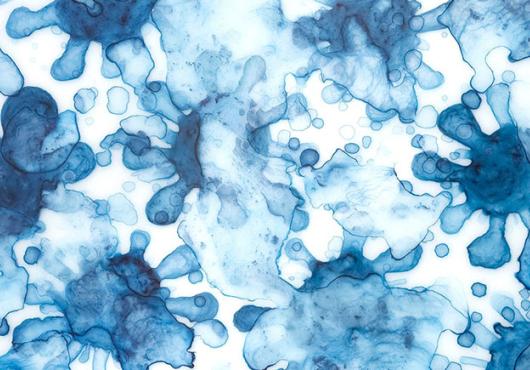
At a glance:
Over the last century, a once-deadly mosquito-borne virus has evolved so that it no longer sickens humans.
New research shows that changes in the virus’s ability to target human cells paralleled the decline in illness and death.
The findings offer important lessons in virology that may help guide better preparedness for future outbreaks of other viral diseases.
The story of the rise and fall of western equine encephalitis as a lethal disease offers essential lessons about how a pathogen can gain or lose its ability to jump from animals to humans.
That story is captured in newly published research from Harvard Medical School that identifies the mechanisms the western equine encephalitis virus used to infect humans and matches changes in that ability over time to a decline in illness and deaths caused by the pathogen.
The study results, published July 24 in Nature, offer important lessons for public health experts looking to prepare for future outbreaks, the researchers said.
The work took many unexpected turns, the researchers said. The findings challenge some of the basic assumptions that scientists have relied on in their attempts to understand how viruses interact with human cells and what causes outbreaks to ebb and flow, such as the notion that any given virus targets one host receptor to gain entry and infect cells.
“This was a real scientific detective story,” said study senior author Jonathan Abraham, associate professor of microbiology in the Blavatnik Institute at Harvard Medical School. “The virus kept surprising us and taught us some important lessons about how to study viruses.”
The researchers identified the specific proteins expressed on host cells that different strains of the virus have used to infect a variety of animals, including horses, humans, and birds over the last century. Their findings tied differences in the virus’s ability to sicken humans and horses to changes in the viral genome that left the virus unable to target proteins found in humans and horses, while leaving intact the virus’s ability to infect birds and reptiles that serve as reservoirs for the virus.
The surprising diversity and variability in the virus’s ability to infect host cells highlights the importance of studying viruses broadly across time, space, and host species to track potential outbreaks and monitor for emerging and re-emerging viruses.
A virus changes
The protagonist in the story is the western equine encephalitis virus (WEEV), a member of a viral family known as alphaviruses.
One key to understanding how a virus interacts with a host is identifying the precise path it takes to enter cells and cause infection.
WEEV and others in the alphavirus family typically attach a spike protein to a compatible protein — the receptor — on the surface of a host cell. Once attached to the host receptor, the virus enters the cell. Once inside the cell, the virus hijacks the cells’ armamentarium to enable its own replication, spread, and survival.
The researchers made harmless replicas of various viral strains collected from different times and places and tested their ability to infect host cells in lab dishes. They also tested some of the strains in mice.
Several deadly strains of WEEV are known to cause severe brain inflammation in both horses and humans. Some years, thousands of horses were killed and hundreds of humans were sickened. Case fatality rates for people were as high as 15 percent in North America in the early and middle decades of the 20th century.
Authorship, funding, disclosures
Additional authors included ChieYu Lin, Himanish Basu, Jessica Oros, Tierra Buck, Praju V. Anekal, Jesse Plung, Xiaoyi Fan, Wesley Hanson, Haley Varnum, Adrienne Wells, Colin J. Mann, Laurentia V. Tjang, Pan Yang, Brooke M. So Yoen Choi, Isaac M. Chiu, Vesna Brusic, Paula Montero Llopis, Joshua M. Boeckers, and Hisashi Umemori from Harvard Medical School and Jessica A. Plante, Rachel A. Mitchell, Divya P. Shinde, Jordyn L. Walker, Scott C. Weaver and Kenneth S. Plante from the University of Texas Medical Branch.
This work was supported by Burroughs Wellcome Fund Investigators in the Pathogenesis of Infectious Disease Awards, Vallee Scholar Award), Smith Family Foundation Odyssey Award, Charles E.W. Grinnell Trust Award, NIH grant R01 AI182377, a G. Harold and Leila Y. Mathers Foundation Award, NIH grant T32AI700245, T32GM144273, NIH grant R24 AI120942, Jackson-Wijaya Fund, NIH T32 CA009216-40, and NIH grant R01 MH125162.
The authors acknowledge the Micron (Microscopy Resources on the North Quad) Core, the Molecular Electron Microscopy Core Facility, and the Immunology Flow Cytometry Facility at Harvard Medical School for their support and assistance. The authors acknowledge Grace H. Raphael at the University of Texas Medical Branch for contributing to experiments involving authentic viruses.








